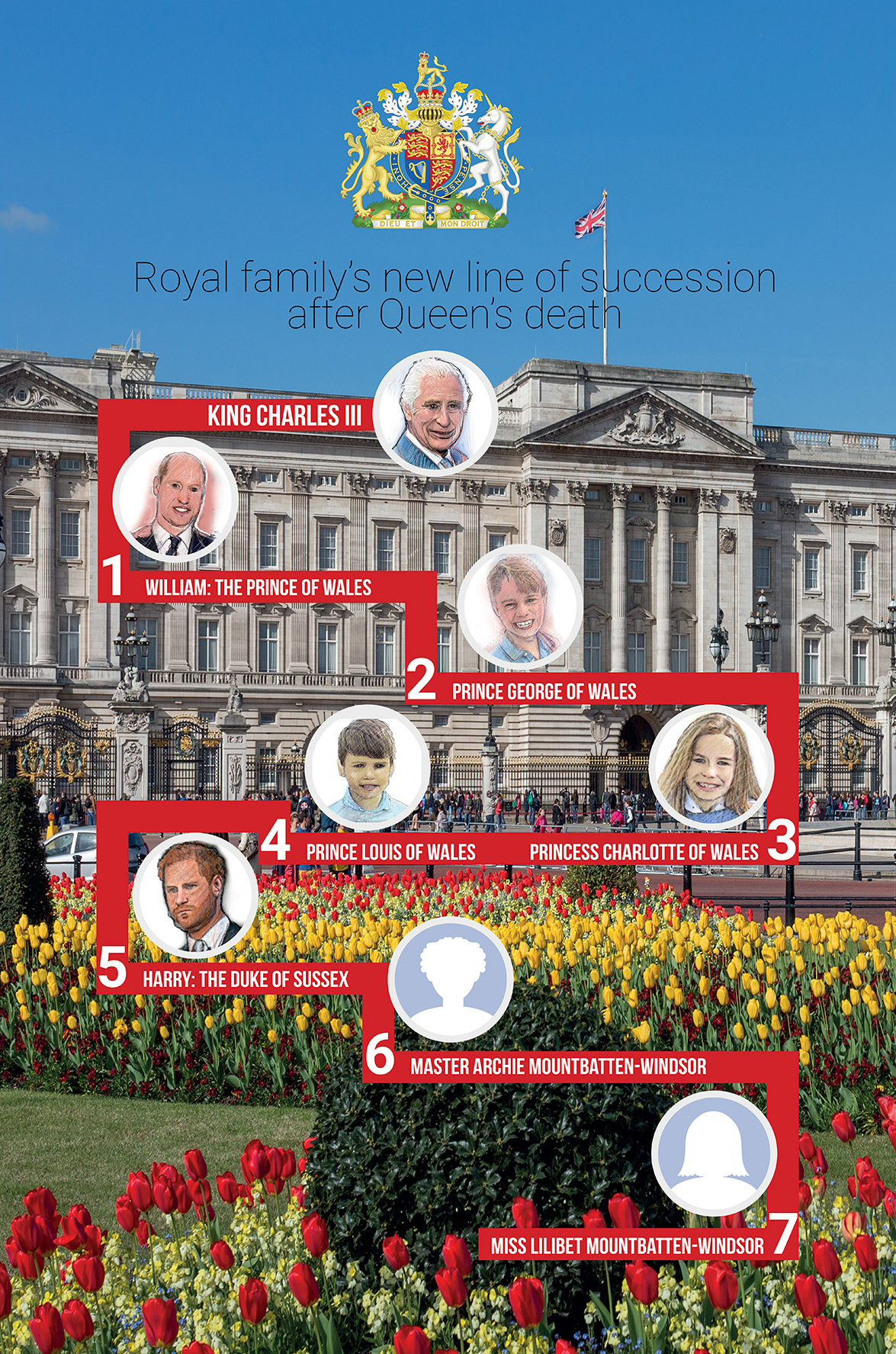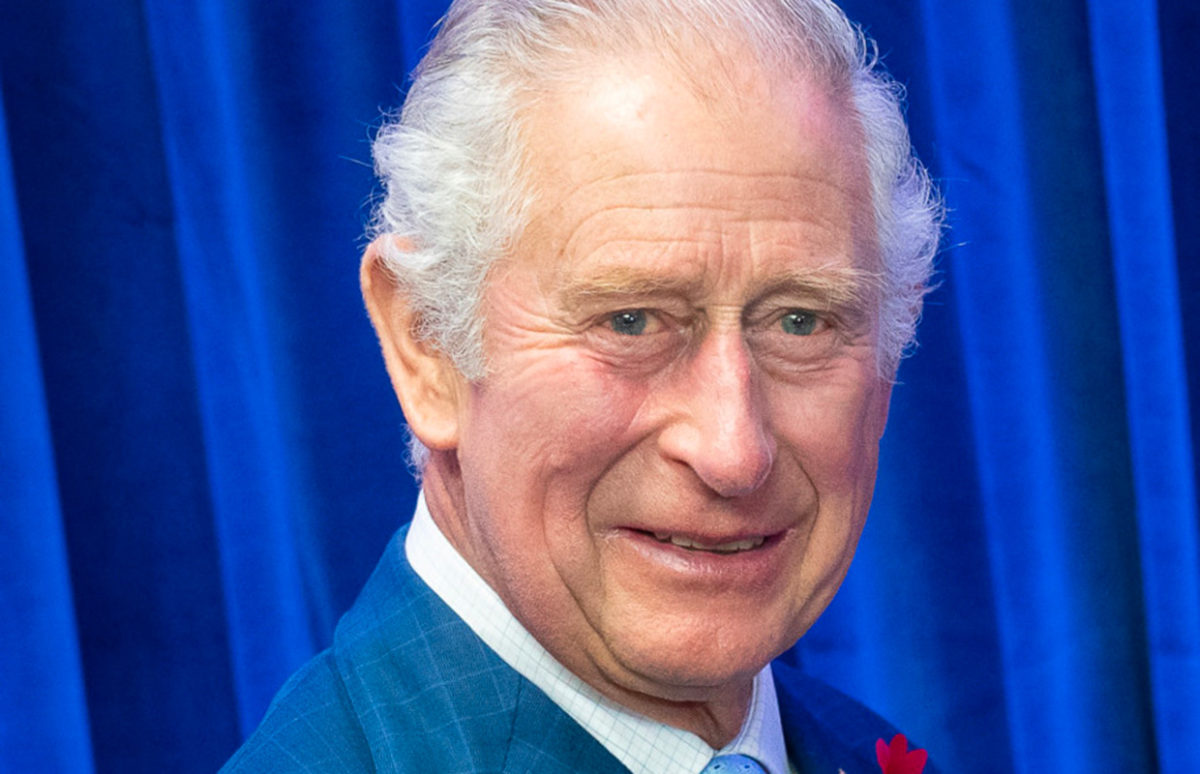The instant that the queen died, her eldest son and heir, Charles, became Britain's new monarch. Charles had been first in line to the throne for 70 years since the accession of his mother and was the longest-serving Prince of Wales. Prince William now replaces Charles as heir to the throne, followed by his three children.
The Line of Succession
The line of succession is the official order that members of the royal family would inherit the throne. The official list is published on the Royal Family’s website to the 23rd place.
The list acts as a quasi-family tree, being simplified to listing the blood relatives of the monarch and how closely related they are.
The line of succession's importance became highlighted in 1936 when King Edward VIII abdicated and the crown was passed to the next in line, King George VI, then Prince Albert, Duke of York.
When she was born, the late queen was only third in line to the throne. If Edward VIII had married and had children, those children would have moved Elizabeth down the line. This, however, did not happen and when the king abdicated it became clear that the princess was destined one day to become queen.
The rules for succession are varied and sometimes strict.
According to the Royal Family’s website, the basis for the succession was determined in the constitutional developments of the seventeenth century, which culminated in the Bill of Rights (1689) and the Act of Settlement (1701).
The succession to the throne can be regulated by Parliament, and a Sovereign can be deprived of his/her title through misgovernment.
A Roman Catholic is specifically excluded from succession to the throne. The Sovereign must be in communion with the Church of England and must swear to preserve the established Church of England.
The Succession to the Crown Act (2013) amended the provisions of the Bill of Rights and the Act of Settlement to end the system of male primogeniture, under which a younger son can displace an elder daughter in the line of succession. The Act applies to those born after 28 October 2011.
This is why Ann the Princess Royal, second child of the late Queen, appears in the list as 16th in the succession.
The Act also ended the provisions by which those who marry Roman Catholics are disqualified from the line of succession. The changes came into force in all sixteen Realms in March 2015.
Royal spouses, including Kate Middleton and Meghan Markle, are not included in the line of succession because they are not of royal blood and cannot inherit the throne in their own right. Instead they could become queen if their husbands first become king.
The line of succession is updated with each birth and death that occurs within the royal family. This was done in the hours following Queen Elizabeth II's death.
Here is the new hierarchy, with more children than adults now making up the top eight positions.

1. The Prince of Wales - Prince William, 40
The eldest son of King Charles and Diana is now heir apparent and next in line to the throne.

2. Prince George of Wales, 9
Kate and William’s oldest son, George, takes William’s place as second in line to become the next British monarch.

3. Princess Charlotte of Wales, 7
After the death of her great-grandmother, Charlotte becomes the most senior female royal in terms of succession.

4. Prince Louis of Wales, 4
Kate and William’s youngest child

5. The Duke of Sussex - Prince Harry, 37
He has a new life in California but the Duke of Sussex is still fifth in line to succeed his father.

6. Master Archie Mountbatten-Windsor, 3
The elder of Harry and Meghan’s children.

7. Miss Lilibet Mountbatten-Windsor, 15 months
Second child of Harry and Meghan.

Tag(s) : "British monarchy" "King Charles III" "monarchy" "Prince William" "Queen Elizabeth II" "Royal Family" "Succession"





